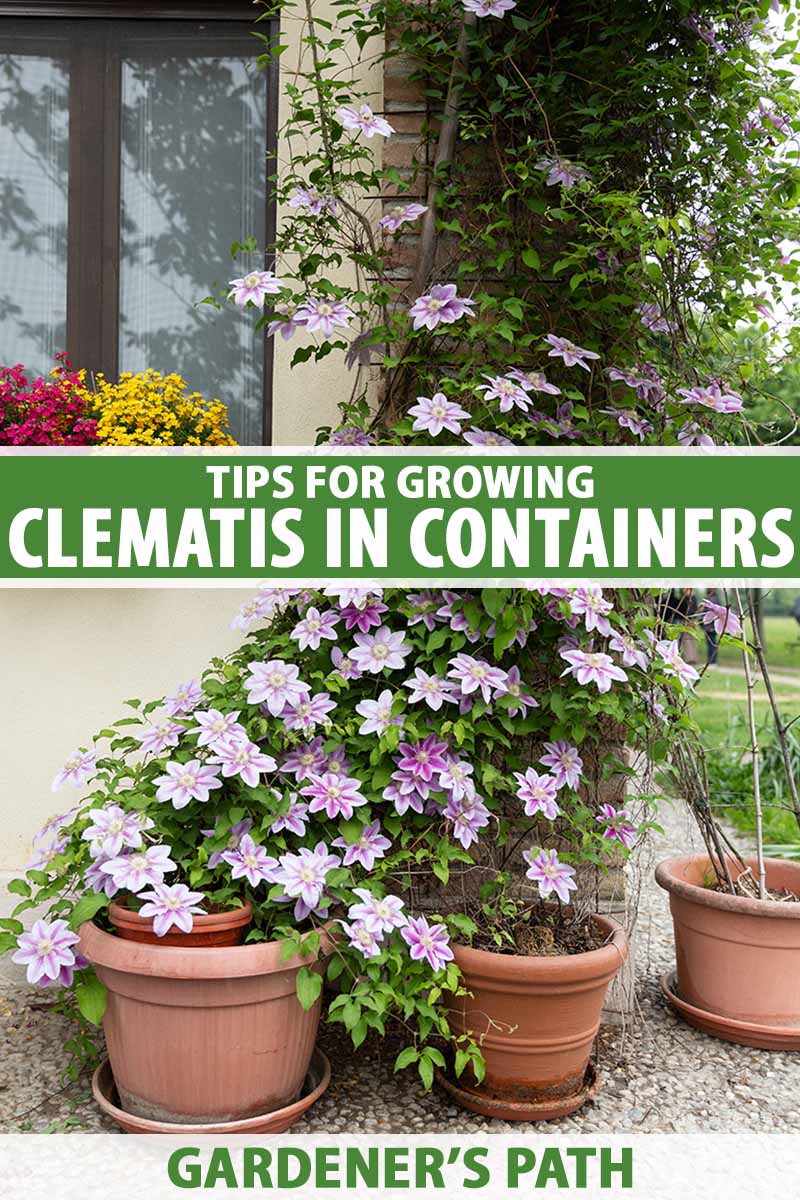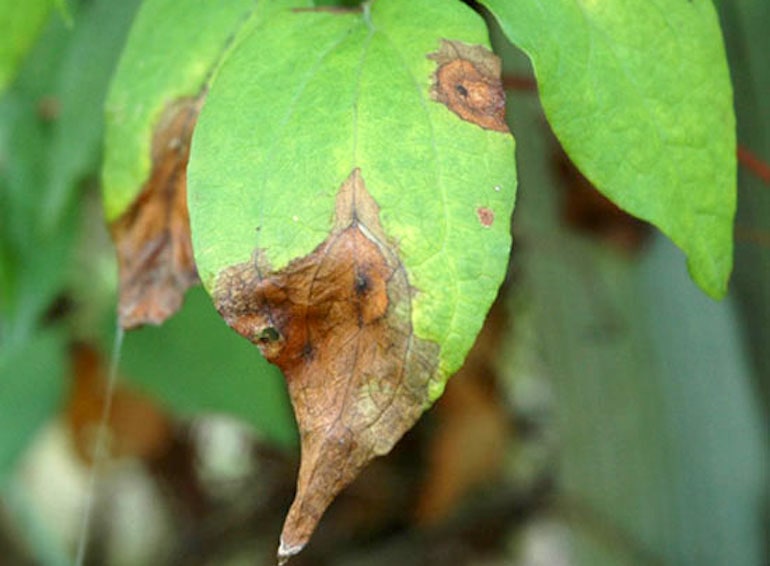Choosing the Right Variety for Your Garden
With over 300 species and countless hybrids, selecting the perfect clematis for your garden can be a daunting task. However, by understanding the different types of clematis and their unique characteristics, you can make an informed decision. Large-flowered clematis, for instance, are ideal for creating a dramatic display of color, while small-flowered varieties are perfect for adding a delicate touch to your garden. Evergreen clematis, on the other hand, provide year-round interest with their attractive foliage. When deciding on a variety, consider factors such as your garden’s climate, soil type, and amount of sunlight. For example, if you live in a region with hot summers, you may want to opt for a heat-tolerant variety. By selecting a clematis that thrives in your specific conditions, you’ll be well on your way to growing a beautiful and healthy plant. Remember, how do you grow clematis successfully starts with choosing the right variety for your garden. By doing so, you’ll be able to enjoy the many benefits that clematis has to offer, including vibrant blooms and a lush, green foliage.
Preparing the Perfect Soil for Your Clematis
Well-draining soil is essential for healthy clematis growth. Clematis roots are prone to rot if the soil is too wet, which can lead to poor growth and a lack of blooms. To prepare the perfect soil for your clematis, start by testing the pH level of your soil. Most clematis varieties prefer a slightly acidic to neutral soil pH, ranging from 6.0 to 7.0. If your soil is too alkaline, add elemental sulfur or peat moss to lower the pH. If it’s too acidic, add lime to raise the pH. Next, add organic matter such as compost or well-rotted manure to improve soil structure and fertility. This will help retain moisture, suppress weeds, and provide nutrients for your clematis. When it comes to fertilization, a balanced fertilizer applied in the spring and summer will promote healthy growth and blooming. Mulching around the base of your clematis will also help retain moisture, suppress weeds, and regulate soil temperature. By following these tips, you’ll be able to create a well-draining and fertile soil that will support the growth of your clematis. Remember, how do you grow clematis successfully starts with providing the right soil conditions, and with these tips, you’ll be well on your way to growing a thriving and beautiful clematis.
How to Plant Clematis for Optimal Growth
Planting clematis correctly is crucial for its optimal growth and blooming. When planting, choose a location with well-draining soil and full sun to partial shade, depending on the variety. Dig a hole that is twice as wide and just as deep as the root ball of the clematis. Add a layer of compost or well-rotted manure to improve soil fertility and drainage. Gently remove the clematis from its container, taking care not to disturb the roots. Place the clematis in the hole, making sure the crown (where the stem meets the roots) is at soil level. Fill the hole with soil, gently firming it around the roots as you go. Water well to settle the soil. Space clematis plants 12-18 inches apart, depending on the variety. Provide a support system, such as a trellis or stake, to help the clematis grow upright. Remember, how do you grow clematis successfully starts with proper planting, and by following these steps, you’ll be well on your way to growing a thriving and beautiful clematis. Finally, water your clematis regularly during its first growing season to establish a strong root system.
Watering and Sunlight Requirements for Healthy Clematis
Clematis requires consistent moisture, especially during its first growing season. Water your clematis deeply once or twice a week, depending on weather conditions. Avoid overwatering, which can lead to root rot and other problems. Check the soil regularly by inserting your finger into the soil up to the knuckle. If the soil feels dry, it’s time to water. When watering, aim to provide about 1 inch of water per week, either through rainfall or irrigation. In addition to proper watering, clematis needs adequate sunlight to thrive. Most varieties require at least 6 hours of direct sunlight per day, although some can tolerate partial shade. If you’re growing clematis in a container, make sure to place it in a location that receives the right amount of sunlight. Remember, how do you grow clematis successfully depends on providing the right amount of water and sunlight. By following these guidelines, you’ll be able to create a healthy and thriving clematis plant that will provide beautiful blooms for years to come.
Pruning and Training for Maximum Blooms
Pruning and training are essential steps in growing clematis, as they help promote healthy growth, encourage blooming, and maintain the plant’s overall shape. There are three main types of clematis pruning: early-blooming, late-blooming, and evergreen. Early-blooming clematis, which bloom in the spring, should be pruned immediately after flowering. Late-blooming clematis, which bloom in the summer, should be pruned in late winter or early spring. Evergreen clematis, which keep their foliage year-round, require minimal pruning. When pruning, remove any dead or damaged stems, and cut back the plant to about 12 inches from the ground. Training clematis to climb up trellises or walls is also crucial for maximum blooms. Use a sturdy trellis or wall-mounted support system, and gently twine the stems around it. As the plant grows, continue to train the stems to climb upwards. Remember, how do you grow clematis successfully depends on proper pruning and training. By following these tips, you’ll be able to enjoy a beautiful and thriving clematis plant that will provide stunning blooms for years to come.
Pest and Disease Management for Clematis
Clematis, like any other plant, is susceptible to pests and diseases that can hinder its growth and blooming. To ensure the health and beauty of your clematis, it’s essential to be aware of common pests and diseases and take preventative measures. Aphids, slugs, and snails are common pests that can damage clematis leaves and stems. To prevent infestations, inspect your plants regularly, and use organic pest control methods such as neem oil or insecticidal soap. Powdery mildew, a fungal disease, can also affect clematis, causing white powdery patches on the leaves. To prevent powdery mildew, ensure good air circulation around your plants, and water them at the base to avoid wetting the leaves. If you do encounter pests or diseases, treat them promptly to prevent the problem from spreading. Remember, how do you grow clematis successfully depends on being proactive in managing pests and diseases. By taking preventative measures and responding quickly to any issues, you’ll be able to enjoy a healthy and thriving clematis plant.
Fertilizing and Mulching for Continuous Blooms
Fertilizing and mulching are essential steps in growing clematis, as they provide the necessary nutrients and support for optimal growth and blooming. When it comes to fertilizing, choose a balanced fertilizer that is high in phosphorus, as this promotes blooming. Apply the fertilizer in the spring, following the manufacturer’s instructions. Mulching is also crucial, as it helps retain moisture, suppress weeds, and regulate soil temperature. Use a layer of organic mulch, such as bark chips or straw, around 2-3 inches thick. When mulching, keep the mulch a few inches away from the base of the plant to prevent rot. Additionally, how do you grow clematis successfully depends on regular fertilization and mulching. By providing your clematis with the right nutrients and support, you’ll be able to enjoy continuous blooms throughout the growing season. Remember to fertilize and mulch your clematis regularly to ensure optimal growth and blooming.
Tips and Tricks for Growing Clematis in Containers
Growing clematis in containers can be a great way to add beauty and elegance to small spaces, such as balconies, patios, or decks. To succeed in growing clematis in containers, it’s essential to choose the right pot, soil, and support systems. Select a container that is at least 12-18 inches deep and has good drainage holes to prevent waterlogged soil. Use a high-quality potting mix that is specifically designed for flowering plants, and add a balanced fertilizer to promote blooming. When it comes to support systems, use a trellis or obelisk that is sturdy enough to support the weight of the clematis. How do you grow clematis in containers successfully? By providing the right conditions, including adequate sunlight, water, and nutrients, you’ll be able to enjoy beautiful blooms in even the smallest of spaces. Additionally, make sure to prune and train your clematis regularly to keep it healthy and thriving. With proper care and attention, container-grown clematis can thrive and provide years of beauty and enjoyment.







